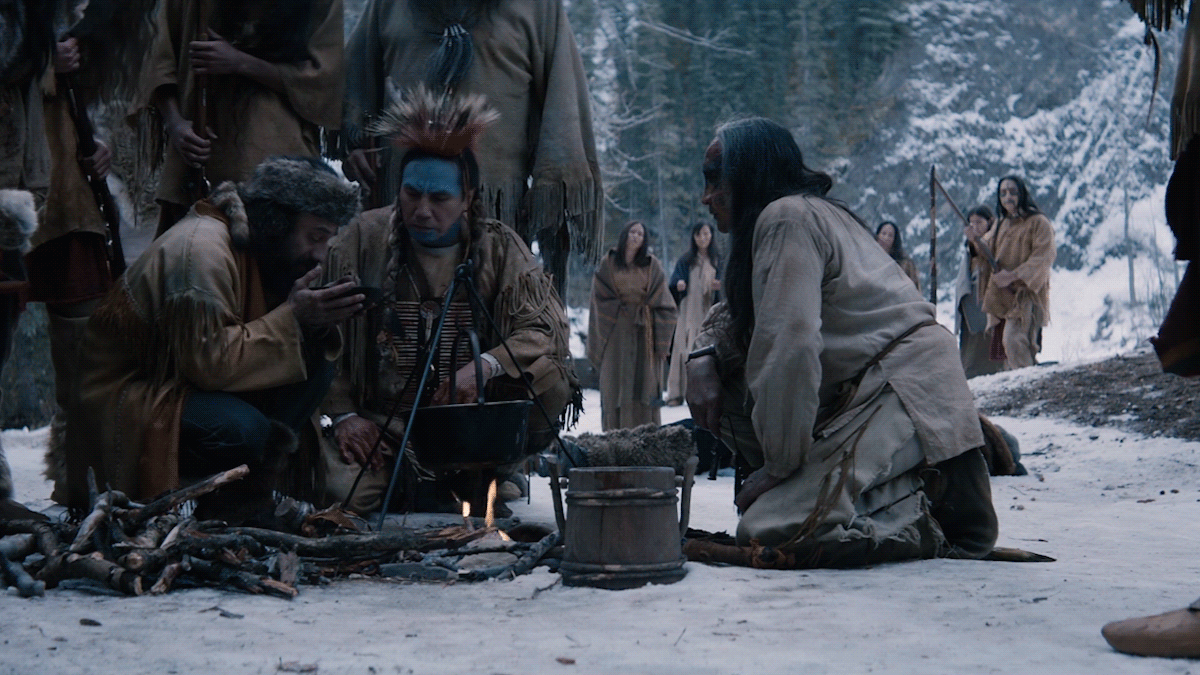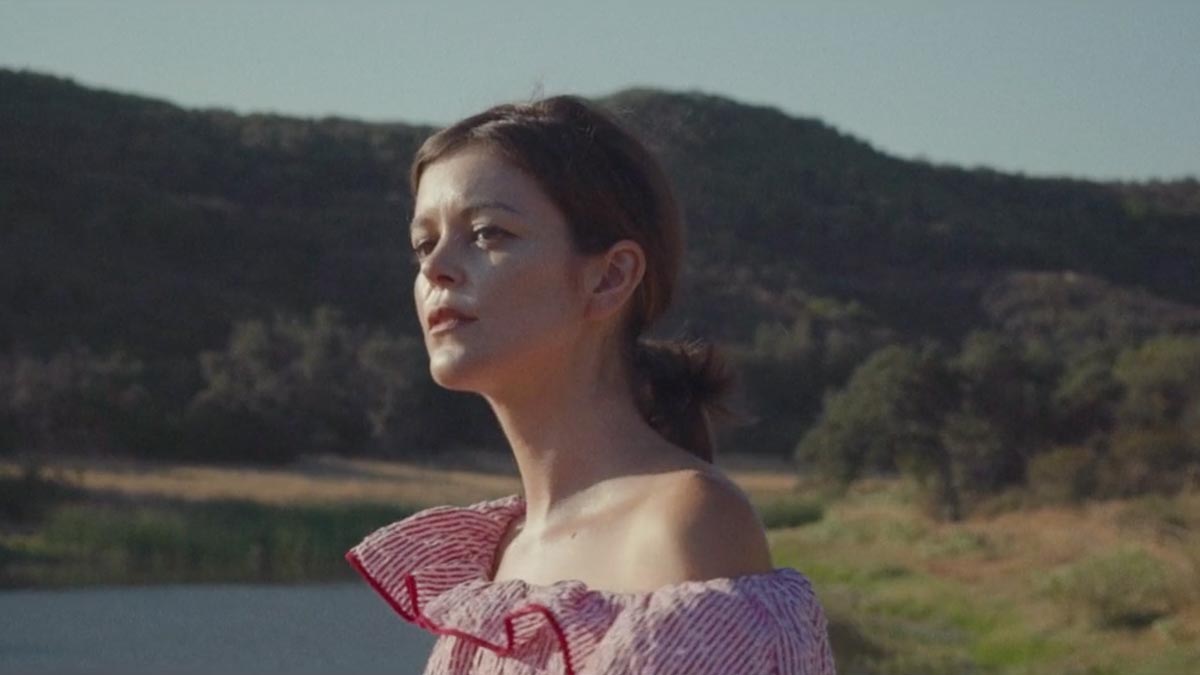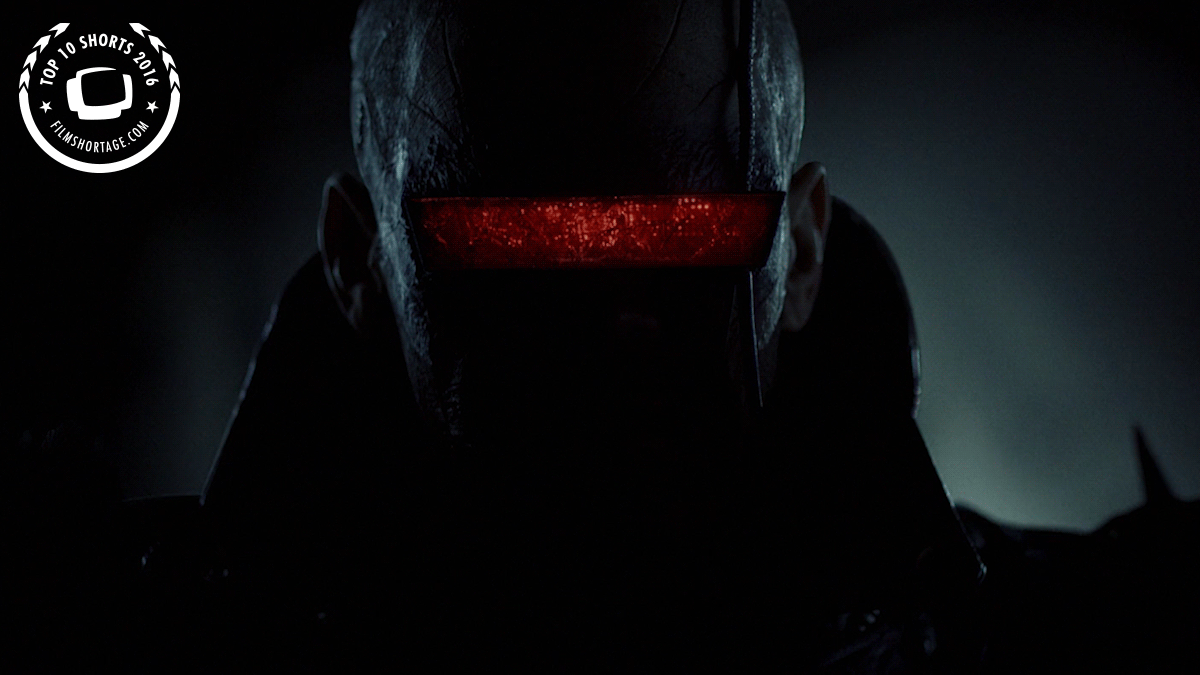A man returns home after dedicating his life to war.
In the now abandoned house where he once was happy, he tries to reconnect with what was lost. Remorse fills the final moments of his life as his broken promise haunts his memories.
At the origin of the project, there was first this Victorian house of the 1920s, frozen in time, in the heart of Montreal. The owner, a hermit from another era, left everything intact: the furniture, the gramophone and the vinyl records, the brass spittoons of the boudoir, the Bohemian crystal chandeliers, the decrepit frescoes of the dining room. I was fascinated. I had to shoot in this place.
ADVERTISEMENTStarting from a basic canvas, I convinced the Hungarian-born actor, Georges Molnar, to join the project. His imposing physical presence was a source of inspiration. With his long white hair and his ageless face, he already belonged to this universe. His participation was a bit urgent; the house was going to be sold and its future vocation indefinite.
During editing, Georges introduced me to one of his mime performances, shot in 16 mm black and white in the early 70s, just him alone on the screen 40 years younger. Seduced by the footage, I then decided to integrate it to Zsofika in an experimental way, as a time gap opening the way to other dimensions of the character’s story.
There was still a voice, a texture missing. I had just finished a rough cut edit of Zsofika when I met Jean Barbe, whose reading of his novel “Comment devenir un monster” had particularly touched me. I told him, “I have a character in search of an author. And I think this author is you. ” Attracted by both the titanic presence of Georges and the challenge of writing within an atypical process, he joins the adventure. Challenge he has met with all his talent. I would like to thank all my crewmembers for their tremendous talents and generosity.




